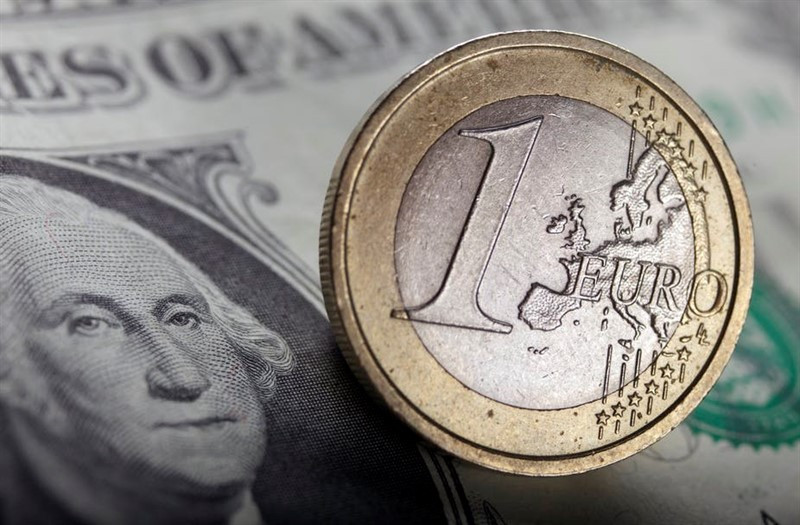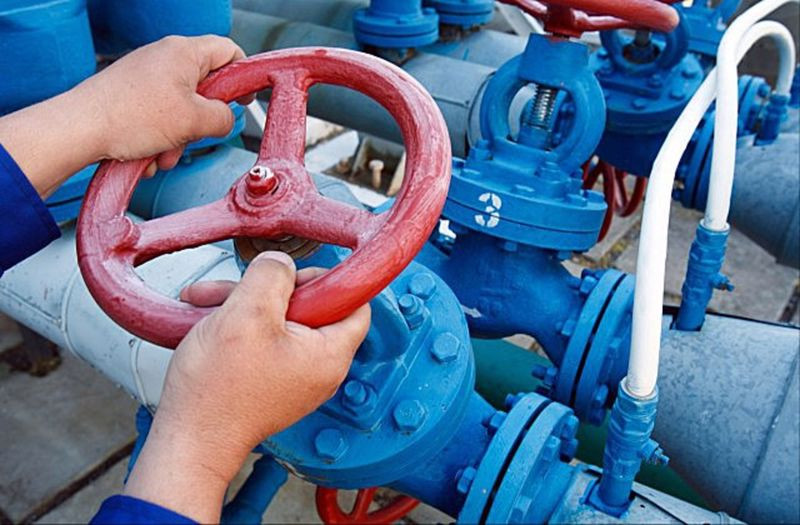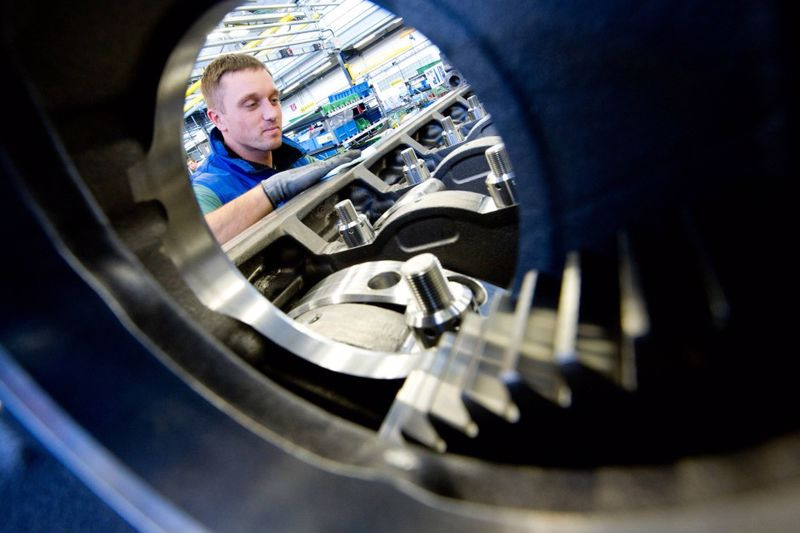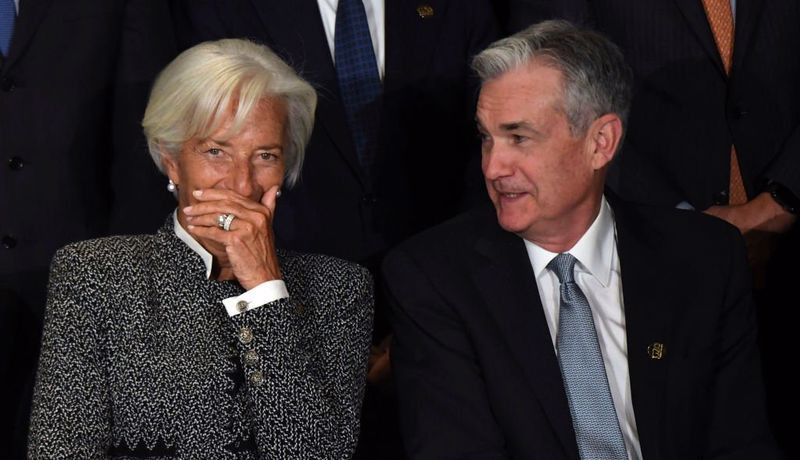
Following the results of the last five days, the greenback strengthened by more than 0.7%, marking an increase for the third consecutive week.
Cautious market sentiment helped the dollar outperform its main competitors.
The US stock market ended Friday's trading with a fall, despite the initial positive reaction of investors to the data on the national labor market.
In particular, the S&P 500 plunged 1.07% to 3,924.26 points. The indicator closed in the red for the third consecutive week, falling by about 3%.
Data released on Friday showed that the US labor market remains strong, easing fears that the United States economy is slipping into recession as a result of the Federal Reserve's rapid tightening of policy.
At the same time, the growth rate of wages slowed down, and unemployment last month reached its highest in six months.
Such statistics have strengthened market participants in the opinion that the Fed's efforts have begun to have an effect, and the central bank may no longer need to raise interest rates too much.
Against this background, the probability of a third consecutive rate hike by 75 basis points at the Fed's September meeting on Friday decreased to 56% against 75% on Thursday.
As a result, trading on Wall Street opened with a sharp increase, and the protective greenback tried in vain to find demand in a risk-prone environment.
However, the positive mood in the stock market was nullified after Gazprom, which has a monopoly on the export of Russian gas to Europe through the pipeline, said it could not safely resume supplies until it eliminated the oil leak found in the turbine.
Supplies of blue fuel were supposed to resume on Saturday, but Russia canceled this deadline and did not name new deadlines for the resumption of supplies. This news reinforced expectations of a recession in Europe, as businesses and households in the region have already been hit by sky-high energy prices.

"The stability of gas supplies is a key factor influencing the assessment of the situation in the European economy before the start of the winter period. The prospects of a recession in Europe have negatively affected the level of global risk appetite," Northern Trust Asset Management analysts noted.
The renewed flight into defensive assets on the market put pressure on stock prices and allowed the greenback to shrug off its daily losses. On Friday, the USD index closed just below the 110 mark, whereas earlier in the course of trading it fell to 108.95 points.
At the start of the new week, the dollar continued to benefit from cautious market sentiment, which is supported by growing concerns about the global economic downturn.
On Monday, the greenback updated the highs of twenty years ago, rising above 110 points.
Experts do not yet see any reason to stop the upward trend in USD, which may continue to rise up to 120-121.
In an extreme scenario, if the collapse of the world economy is really large-scale, there is a risk of going to the highs of 1985, then the greenback rose to 160 points.
Approaching these levels will bring back to the agenda the issue of excessive growth of the dollar, as it was in the mid-1980s. However, this is a matter of the more distant future, but for now the bullish trend in USD may well develop, since a strong US currency helps the Fed to reduce inflation in the country.
The dollar may be close to a fork, but now is not the time to close long positions in the US currency, according to JPMorgan.
At the same time, the bank still maintains a bearish view of the euro, emphasizing that the emergency energy supply plan of the eurozone may be more important for the dynamics of the single currency than changes in the European Central Bank policy.
The combination of high energy prices and the termination of gas supplies may lead to a decrease in the EUR/USD exchange rate by 1.5-3 cents, JPMorgan strategists predict.
They maintain short positions in the euro due to low growth in Europe and the unfavorable interest rate differential for the single currency.
The euro came under pressure ahead of the weekend as positive market sentiment gave way to concerns about the European gas crisis.
The EUR/USD pair ended Friday's trading with a symbolic increase (by 0.07%), having lost almost all the points gained during the session.
On Monday, it fell below 0.9900 for the first time since October 2002 amid a broad strengthening of the dollar.
In addition, weak statistics on the eurozone and increased concerns about the deepening of the energy crisis in Europe continued to undermine demand for the single currency.

According to S&P Global, the composite PMI business activity index in industry and services of 19 eurozone countries, according to the final assessment, fell to 48.9 points in August from 49.9 points in July. The value of the indicator has become the lowest in the last 18 months.
According to Sentix, the index of investor confidence in the eurozone economy in September fell to -31.8 points from -25.2 points in August. The indicator reached its lowest level since May 2020.
Another report showed that in July retail sales in the currency block decreased by 0.9% year-on-year.
Touching a 20-year low around 0.9880 in the Asian session, the EUR/USD pair bounced off it, but attracted bears at 0.9940 during European trading hours. In the afternoon, the pair entered a consolidation mode, changing within 15-20 points, amid weak trading activity in connection with the celebration of Labor Day in the United States.
One of the drivers of the strengthening of the dollar against the euro is the stability of the economy of the United States, which sells energy to Europe, working to reduce its trade deficit.
"The prospects for the euro will remain sad until gas prices normalize. The idea that purchasing power parity drives exchange rates is still alive," analysts at Bluebay Asset Management said.
They are taking a short position on the euro and believe that the single currency will easily fall to the level of $0.95 in the coming months.
Goldman Sachs believes that the protracted adjustment of the eurozone's trade balance has not yet been fully reflected in the exchange rate of the single currency.
According to the bank's strategists, the euro is now trading at levels corresponding to their baseline scenario, which assumes a moderate recession in the region at the end of this year.
In the event of a deeper and longer reduction in gas supplies to the EU, the EUR/USD pair may drop to 0.9500, Goldman Sachs predicts.
Another driver of the dollar's growth against the euro is the difference in the monetary policy of the Fed and the ECB.

The hawkish comments of Fed Chairman Jerome Powell, made at a recent symposium in Jackson Hole, served as a tailwind for the US currency.
At the end of last month, Powell said that there will be no shift towards a less aggressive approach in monetary policy until the central bank curbs inflation.
This week, Powell will again be in the focus of attention. He will speak at the Cato Institute conference on Thursday. Traders will be watching for any signals about whether the central bank is leaning towards another 75 basis point rate hike at its September meeting or a 50% increase.
On the same day, the ECB will announce its verdict on monetary policy.
The only question for investors is whether the central bank will make another 50 basis point rate hike, as it did in July, or give preference to an even bigger 75 basis point hike, despite the looming prospect of a recession this winter.
"We believe that a 75 bps rate hike at Thursday's meeting is too big a step for the ECB, and we expect a 50 bps increase. This will not help the euro," ING analysts said.
The growing risk of a serious recession in the eurozone continues to cloud the prospects for the single currency, Credit Agricole economists say. They expect the ECB to raise rates by 75 bps on Thursday, partly to support the euro.
"However, money markets seem to be already expecting this, while there remains a lot of uncertainty about the ECB's final interest rate. This may mean that the best the ECB can hope for is the stabilization of the euro at historically low levels," they said.
The initial support for EUR/USD is now the 0.9875 mark. If it falls below this level, the pair may continue to draw down to 0.9850 and 0.9800.
On the other hand, the nearest resistance is at 0.9950 on the way to 1.0000 and 1.0050.
 English
English 
 Русский
Русский Bahasa Indonesia
Bahasa Indonesia Bahasa Malay
Bahasa Malay ไทย
ไทย Español
Español Deutsch
Deutsch Български
Български Français
Français Tiếng Việt
Tiếng Việt 中文
中文 বাংলা
বাংলা हिन्दी
हिन्दी Čeština
Čeština Українська
Українська Română
Română

